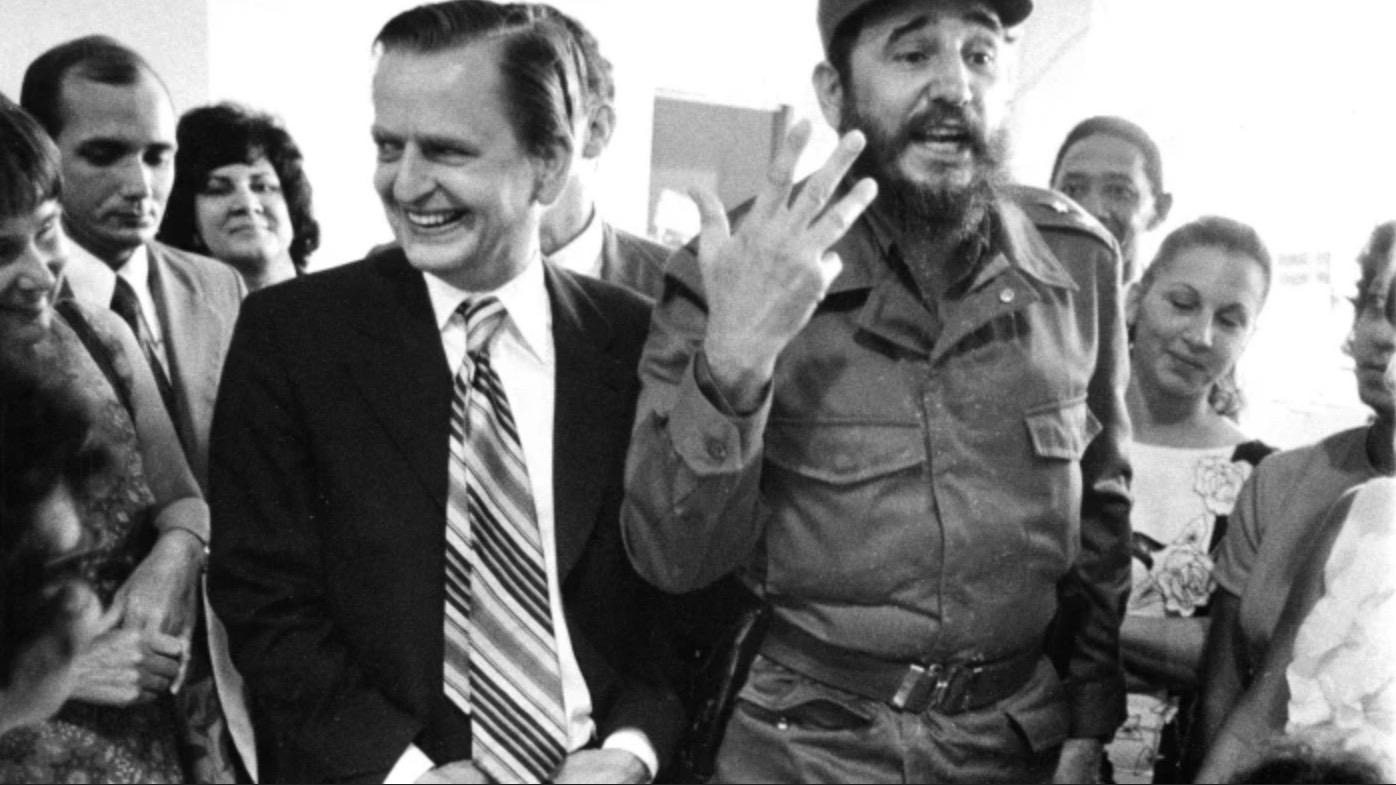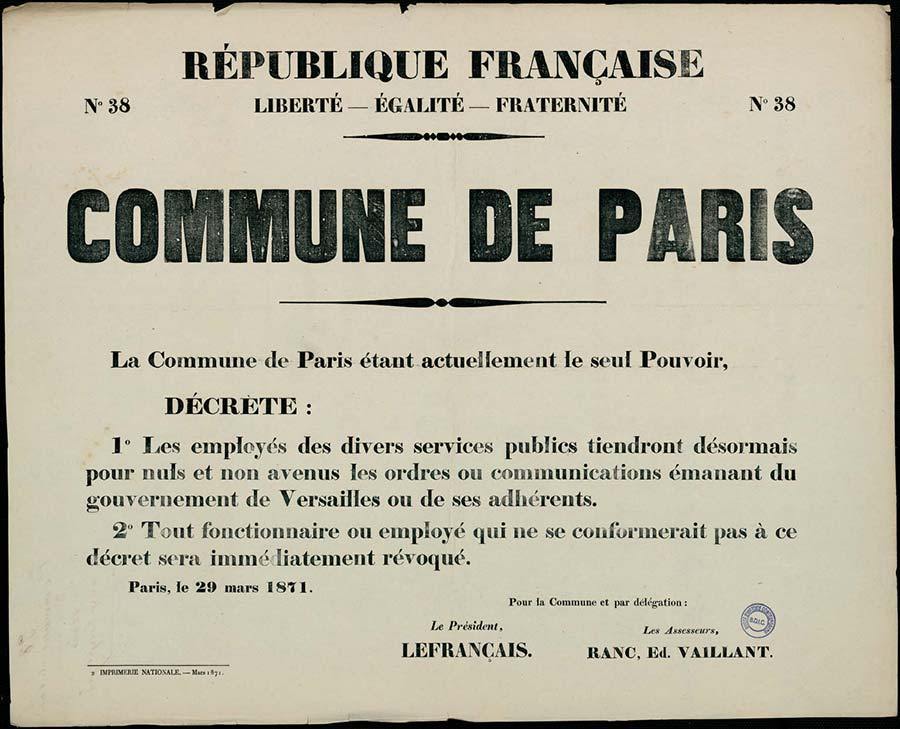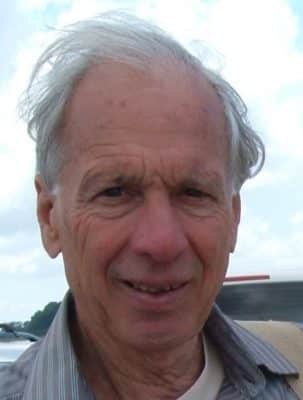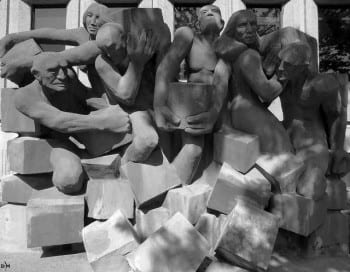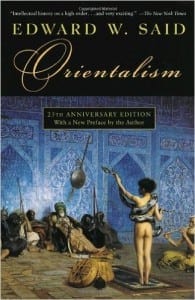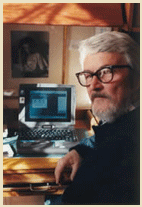Sweden-Finland-Norway Globalization Blues / Sweden is now the most privatized neo-liberal economy of the Scandinavia states
 EXPOSING CAPITALISM'S MULTITUDE OF VICES AND INCURABLE PROBLEMS
EXPOSING CAPITALISM'S MULTITUDE OF VICES AND INCURABLE PROBLEMS
Ron Ridenour
This is a repost. This article was first published on Aug 17, 2016
2. Roots to Social Democracy/Capitalism Socialism
>> 3. Sweden-Finland-Norway Globalization Blues
4.Iceland is where Bankers Go to Jail
5. Denmark: Bernie Sanders for Prime Minister
6. Denmark: Rogue State
7. Denmark: Return of the Vikings
Scandinavia on the Skids: The Failure of Social Democracy
(Part 3 of a 7 part series on Scandinavia “Socialism”)
First posted on Aug 17, 2016
Olof Palme had just won his fourth term as Prime Minister when we spoke in Stockholm in the fall of 1985. Like Denmark’s Anker Joergensen, this stalwart social democrat opposed the “cold, egoistic new liberalism”. Unregulated capitalism threatens the Swedish model of social welfare, he said at his September 15 election victory.
Palme was more than a typical social democrat of his times, more a “revolutionary reformist”, as he was often called. He was a stronger critic of US and Israel imperialism than any other Western government leader. His denunciation of US’s war against Vietnam-Cambodia-Laos—especially its bombings of Hanoi, which he compared with Franco’s bombing of Guernica—led the US to deny him entry and it froze relations between the two governments. Sweden’s parliament was not cowed: 216 of the 350-member body voted to support South Vietnam’s provisional government’s 7-point peace plan. This plan, including the removal of all foreign military personnel and war equipment, became reality upon victory, May 1, 1975.
In 1969, Palme and the government adopted a neutral stance in the Israel-Palestinian conflict, but when Israel invaded Lebanon, July 1982, Palme compared Israel’s treatment of Palestinian children to that of Nazi Germany treatment of Jewish children in concentration camps and in ghettos.
Not only did Palme speak out against imperialism but he marched against it, and for third world liberation. (He also condemned the Soviet intervention in Hungary and Czechoslovakia.) A Spanish speaker, he felt close to Latin America. Palme was the first Western government leader to visit Cuba after its revolutionary victory, and supported the revolutionaries in Nicaragua. He spoke at their victory rally, in July1979. Palme also supported Chilean President Salvador Allende and liberally gave asylum to many Chileans following the coup that overthrew Allende. He endeavoured to get Chilean political prisoners released from Dictator Augusto Pinochet’s dungeons.
Nevertheless, during Palme’s governments (before and after) the military and secret service co-operated with the Pentagon and the CIA. Sweden is also a major weapons industry. In 2013, it ranked number 12 in weapons sales ($1.8 billion), and the third-largest exporter in per capita figures. It sells to 55 countries, including to human rights violator Saudi Arabia.
Palme enthusiastically accepted my invitation to be on call as a moral supporter for our solidarity and peace march in Central America. We had use of his support during our march in El Salvador. It grieved me to hear of his assassination on February 28, 1986.

People mourning Palme where he was assassinated in Stockholm 1986. (Holger Eligard)
I had recently returned following the end of the six-week peace action, and took a job at a Copenhagen sewage treatment center. On the day of Palme’s murder, we workers held a minute of silence. His murder was viewed by many as a political assassination. Possible culprits ranged from the CIA to Sweden’s own secret service, SAPO, known for its right-wing sympathy and CIA ties; to Chilean Dictator Pinochet, South Africa’s apartheid secret service, or a hateful individual. (1)
Sweden not only lost a strong leader for social democracy, which soon went downhill, but the nation has since leaned closer to US imperialism and today follows its foreign policy. Carl Bildt was PM from 1991-94, and leader of the Moderate Party from 1986 to 1999. He was responsible for severe attacks on the welfare state. With Black Wednesday, September 16, 1992, the British conservative government withdrew the pound sterling from the European Exchange Rate Mechanism (ERM). Currency market speculators, namely George Soros, had short sold the Sterling, and “broke the bank of England”. Sweden’s main bank, Riksbank, then set its krona currency free. The krona lost 15% to the US dollar. This took place concurrently with the burst of a housing bubble. Sweden lost $10 billion more. The crisis plunged Sweden and Finland into a severe recession. Unemployment rose from 2% to 10% in Sweden and from 3% to 18% in Finland.
Many economists pointed to the neo-liberalization of the economy, which the US influenced in the 1980s, as cause of the crisis. Social Democrats and liberals alike demanded a freeze and even cutbacks on wages. Scandinavia reduced the role of the public sector: deregulating financial markets, leading to a rapid inflow of capital to finance domestic investments and consumption. Speculation took over the once solid economy, and currencies were floated, expansion of credits with low rates of interests, greater capital imports, investing more than wise. Scandinavia lost satisfaction with being small, rich welfare states. Sweden joined the EU under a Social Democrat government, in 1995, as did Finland.
Neo-Liberalism serves the richest
Neo-liberalism is also associated with the financial crisis of 2007-8. Neo-liberalism became prevalent in the 1970s and 80s. It is a resurgence of 19th century laissez-faire capitalism, a “free market trade” without borders, aimed at enhancing the economic and political power of wealthy owners of property, of trans-national corporations.
Neo-liberalism took hold in the US with the first oil crisis in October 1973 when OPEC (Organization of the Petroleum Exporting Countries) proclaimed an oil embargo. By the end of the embargo, in March 1974, the price of oil had risen from US$3 per barrel to $12 globally (higher in the US). The embargo caused a shock with many short- and long-term effects on global politics and the global economy. It was followed by the second oil crisis, in 1979.
The embargo was a response to the 1973 Yom Kippur War, in which Egypt and Syria tried to retake some of their territory stolen by Israel in 1967. They launched a surprise military campaign against Israel. The US supplied Israel with even more arms. In response to this, OAPEC (consisting of the Arab members of OPEC plus Egypt and Syria) announced an oil embargo against the US, UK, Netherlands, Canada and Japan. OPEC has sought a greater share of the oil pie.
The crisis had a major impact on international relations and created a rift within NATO, the last serious one. Some European nations, including Sweden under Palme, and Japan sought to disassociate themselves from US foreign policy in the Middle East, in order to avoid being targeted by the boycott. Arab oil producers linked any future policy changes to an end of war. President Richard Nixon and US Secretary of State Henry Kissinger arranged for Israel to pull back from the Sinai Peninsula and the Golan Heights (temporarily). The promise of a negotiated settlement between Israel and Syria was enough to convince Arab oil producers to lift the embargo in March 1974, but not before a stock market crash, the worst since the Great Depression.
The embargo's success demonstrated Saudi Arabia’s economic power. It was (is) the largest oil exporter and a politically and religiously conservative kingdom. The embargo caused a petrodollar recycling mechanism, requiring a relaxation of capital controls in oil-importing economies, which marked exponential growth of Western capital markets. OPEC members and Russia were earning more money from the export of crude oil than they could feasibly invest in their own economies. Many believed that Western oil companies thereby also profiteered from the embargo and therefore colluded with OPEC. In 1974, seven of the fifteen top Fortune 500 companies were oil companies.
Milton Friedman was a major proponent of neo-liberalism (also right-wing economist Friedrich Hayek and “Atlas Shrugged” author Ayn Rand). A month before OPEC’s embargo, General Pinochet led a vicious coup, September 11, 1973, and took over Chile from the democratic government. Friedman helped him reverse the social democratic initiatives started by the socialist president Salvador Allende, who had been elected in 1970. The brutal coup, backed by the Nixon-Kissinger regime, murdered many thousands, many of them under arrest, and many were tortured. In recognition for his role in changing the Chilean economy in favour of the rich, Friedman became advisor to President Ronald Reagan and Prime Minister Margaret Thatcher.
Sweden is now the most privatized neo-liberal economy of the Scandinavia states. Many of its public schools are privatized as are child care centers. Sometimes they go bankrupt and children are left without a school for a time, and small children have no ready care while both parents hold down jobs. Nursing centers are privatized, postal service is privatized, and there are three private train systems with prices varying from hour to hour.
Sweden’s growth in inequality between 1985 and the early 2010s is the largest among all 34 OECD (Organization for Economic Cooperation and Development) countries, increasing by one third. But Sweden is still in the group of most equal OECD countries. Because of neo-liberalism, income inequality in OECD countries is higher than in 50 years. The average income of the richest 10% is about nine times that of the poorest 10% across the OECD, a gap 75% greater than 25 years ago.
Norway’s Labour Party is a social democratic party. It was the senior partner of the governing Red-Green Coalition (2005-13). Its former leader, Jens Stoltenberg, was PM. He relieved Dane Rasmussen as NATO’s secretary general, October 2014.
Since the 1980s, the “labour” party has included more of the principles of a social market economy, privatizing much of government-held assets and services and reducing income taxes. During the first Stoltenberg government (2000-1), the party's policies were inspired by Tony Blair’s right-wing New Labour party. Under right-winger Stoltenberg, the nation witnessed the most widespread privatization by any Norwegian government to date, which influenced a majority of voters to turn his government out, in September 2013 elections.
Ironically, the Conservatives took over the government in a coalition with the right-wing libertarian Progress Party (Freskrittpartiet) to which the xenophobic mass murderer Anders Behring Breivik had been a member in his youth. The Progress Party’s hero is Ronald Reagan. It is strongly anti-Muslim and anti-immigration, the motivating factor for Behring’s shooting murder of 69 Labour Party teenagers, plus bombing to death eight others and wounding 240 people, on July 22, 2011.
The Progress Party supports US wars, greater police powers, the EU, and anti-environmental oil-based economy. However, in order to win enough votes (16%) to come into government for the first time in its history, it criticized the allegedly pro-working class government for “insufficiently funding social welfare and the infrastructure.”
Finland began following the rest of the West with neo-liberalism deregulations and cutbacks in the 1980s, but has not gone as far as the others yet. One of its hallmarks is education. See Michael Moore’s most recent film (2016), “Where to invade next”. It is an excellent and entertaining source for values in which the US is contrasted to several countries. Finland tops the world for the best education, the best results for its elementary school students, who also rank among the happiest. Its secret: no homework, more time to be young, to play, to relax. Students are motivated to learn in a disciplined way for the 20 hours they attend classes.
For a fuller account of what is happening in Finland, I recommend reading “Atlantic” interview by Uri Friedman with Anu Partanen, a Finnish and US citizen, author of : “The Nordic Theory of Everything: In Search of a Better Life”. . http://www.theatlantic.com/international/archive/2016/07/nordic-american-dream-partanen/489032/
Partanen moved to the US, in part, for the American land of freedom and opportunity propaganda. She concluded that those concepts are thriving more in the Nordic countries than in the U.S. Here is a tease from the interview. “As much as I think that [the policies] Bernie Sanders [is] advocating are the right ideas, I’m not a big fan of him using the word “socialist.” Nordic countries are very much capitalist, free-market societies, and there’s this very strong strain of individualism in them. The idea that these Nordic countries are these socialist collectivist countries where everybody thinks of the good of one another—that’s just not true at all.”
Nevertheless, Scandinavian poverty rates after taxes and transfers are still among the lowest in the world. The latest UN figures stood at 5.7% in Iceland, 6% in Denmark, 7.5% in Finland, 7.7% in Norway, 9.7% in Sweden, in comparison with 17.4% in the USA (28.3% before taxes).
Yet, surprisingly, all Nordic nations are on the list of "high inequality" group, where the top 10% hold 60-70% of the country's household wealth. In comparison countries that are usually thought to be more capitalist, like the UK, Canada and Australia are on a rung below in the "medium inequality" group, with the top 10% holding between 50-60%, as reported by Mike Bird in Business Insider’s October 14, 2014 article: “Why Socialist Scandinavia Has Some Of The Highest Inequality In Europe”.
In the US, the top 10% hold 75% of all wealth, greater than in the days of laissez-faire capitalism a century ago.
Nordic governments-institutions remain among the least corrupt, ranking in the least 12 corrupt of 176 countries evaluated in 2014. Nevertheless, the Panama Papers reveal massive tax shelter corruption by some Danish banks, and scores of civil servants were arrested in June for taking bribes, something unheard of in decades.
Public spending, especially for health care and education, by the Nordic countries is still greater compared with other developed countries, although cutbacks have been severe since the 1980s.
| Public Spending in Nordic Countries Compared to U.S. |
|||
| Public Spending per GDP (2014) |
Health Care Expenditures (2013) |
Education | |
| Denmark (2011) | 55.6% | 11.1% | 8.5% |
| Finland (2012) | 55.1% | 8.6% | 7.2% |
| Sweden (2012) | 51.2% | 11.5% | 7.7% |
| Iceland (2011) | 47.3% | 8.8% | 7.0% |
| Norway (2012) | 43.9% | 9.4% | 7.4% |
| USA (2011) | 41.6% | 17.1% | 5.2% |
While all Nordic countries cover all residents, the US spends far more for health care and yet tens of millions of people are not covered by any health insurance, nor is care as good across the board as in the Nordic countries. (2)
Warring for neo-liberalism and the US
Since 1814, Sweden has maintained a policy of peace and neutrality in not taking sides in wars albeit with varying degrees of consistency. But with the US’s “war on terrorism”, Sweden clearly has sought to adhere to drugstore cowboy George Bush’s challenge: "Every nation, in every region, now has a decision to make. Either you are with us, or you are with the terrorists."
Sweden’s first governmental aid “against terrorism” was to help CIA agents by kidnapping two Egyptian citizens who were seeking asylum in Sweden. This was one of the most scandalous cases of the “extraordinary rendition” torture program initiated by Ronald Reagan and used by the Bush regime several hundred times, involving 54 countries. (3)
Muhammad al-Zery and Ahmed Agiza were arrested by Swedish police in December 2001. They were taken to Bromma airport in Stockholm, had their clothes cut from their bodies, suppositories were inserted in their anuses and they were put in diapers, overalls, hoods, hand and ankle cuffs. They were then put onto a Gulfstream 5 aircraft, American registration N379P, with a crew of masked men. They were flown to Egypt, where they were imprisoned, beaten, and tortured, according to Swedish TV investigative programme Kalla fakta, May 2004 (See English transcript of this series here: http://web.archive.org/web/20040626072849/http://hrw.org/english/docs/2004/05/17/sweden8620.htm).
The Swedish ambassador in Egypt waited six weeks to visit them. Agiza had been sentenced in absentia for being an Islamic militant. His 25-year sentence was reduced to 15 years. Al-Zery wasn't charged, and after two years in jail without ever seeing a judge or prosecutor he was sent to his village in Egypt. In 2008, AL Zery was awarded $500,000 in damages by the Swedish government for the wrongful treatment he received in Sweden and the subsequent torture in Egypt under the U.S. extraordinary rendition program.
Like most Western governments, Sweden’s social democrat and liberal governments participated in warring against Afghanistan and Libya. Sweden lost five soldiers in Afghanistan. It currently participates with around 500 troops in the International Security Assistance Force (ISAF) under NATO command. The “neutral” country sent eight jet fighters to patrol the no-fly zone over Libya, the only country neither a member of NATO or the Arab League to do so in this one-sided war.
Although Social Democrat Prime Minister Göran Persson expressed the official position on the US invasion of Iraq as "unfortunate," the nation’s military intelligence agency (MUST) gave crucial information to the US for a bombing raid on civilian shelters in the run-up to the 2003 invasion, a Swedish newspaper exposed (The Local).
The day after the war began, PM Persson said: "Unlike the United States, Sweden views a military attack on Iraq without the support of the UN Security Council as a breach of human rights."
The month before, Swedish diplomat Hans Blix, a Liberal People’s Party politician, had issued his report to the UN as head of the monitoring, verification and inspection commission. After 700 inspections, Blix could report that Iraq had no weapons of mass destruction (WMD), which was the key lie used to war against Iraq. The fact that it is the US which is the world’s greatest producer, seller, and user of WMD was irrelevant.
A mild-mannered man, Blix accused Bush and Blair of dramatizing the threat that Saddam Hussein possessed WMD in order to carry out a war they had long planned, as he wrote in his 2004 book, “Disarming Iraq”.
The Washington Post reported on April 19, 2002, that senior U.S. officials ordered the CIA to investigate Blix, in order to gather "sufficient ammunition to undermine" him so that the US could start the invasion of Iraq. US officials were upset that the CIA did not uncover such information.
Blix said he suspected his home and office were bugged by the United States, while he led teams searching for Saddam Hussein's supposed weapons of mass destruction.
By 2010, Sweden had capitulated more to US’s foreign policy. By then, Wikileaks and its founder Julian Assange had become one of the US government’s greatest and most effective “enemies” by having exposed its wars in Afghanistan and Iraq with the release of new secret information.
The same year, the S.D. Minister of Justice Tomas Bodström acted to please his great ally by encouraging Assange’s “rape victims” to file a police complaint. Bodström is a senior partner in the law firm which came to represent Anna Arden, and her co-conspirator Sophia Wilen. Bodström’s “aid” came several days after Arden had tweetered friends exclaiming excitement about the “rapist” with whom she just had had sex.
Later, when liberal Carl Bildt was minister of foreign affairs (2006-14), he refused to guarantee Assange that he would not be extradited to the US if Assange appeared in Sweden for police questioning in the case.
Except for Denmark, no other Nordic country participated directly in the war against Iraq, but in 2015 Norway transferred 120 troops from its war in Afghanistan to train Iraqi and Kurdish fighters. Sweden began sending a like number from June 2016 for the same reason.
Norway sent soldiers to Bosnia (1992-5) and Kosovo (1998-9). It has been an active US-UK coalition warrior since the beginning of the invasion against Afghanistan and can claim 10 soldier deaths as proof of its commitment to the terror war.
Norway has been an enthusiastic ally in NATO since its beginning (1949). Sixty-six percent of its people currently support membership. The formerly peaceful country is now in the front-line for US nuclear strategy, and a spying central in the Artic. Norwegian fighter aircraft (along with Danish fighters) bombed the most targets in Libya in proportion to the number of planes involved.
Most Swedes and Finns do not want in. Only 27% of Finns support joining NATO. The majority of Swedes have been opposed. Only 17% were for NATO in 2012. Today it is nip and tuck.
Finland’s foreign policy story is different from others but it too is changing thanks to neoliberalism and globalization. At the end of WWII, Finland rejected Marshall Plan aid, in deference to Soviet desires. The Soviet Union invaded Finland during the Second World War, hoping to prevent a Nazi German advance from the neighboring country. Finland was not occupied by Russians and declared neutrality in 1945. Nevertheless, the US clandestinely aided the social democratic party financially.
Finland’s military is geared for defense only, although troops have served in UN peacekeeping operations in areas where the US-NATO have led invasions. It has sent hundreds of soldiers to Kosovo, and it lost two soldiers in Afghanistan on ISAF missions.
Next: Iceland, this is where bankers go to jail
…………………………………………………………………………………
Notes:
(1) Possible motivations to assassinate Olof Palme bring forth memories of the political assassination of President John F. Kennedy. Millions believe, me included, that the JFK murder was planned and executed by CIA officials with Mafia and Cuban exile accomplices. There is loads of evidence and first-hand testimonies to the effect. This includes Senate and House of Representative investigations, and the great Oliver Stone film “JFK” based on actual evidence. I suggest just one of hundreds of books to read: “Double Cross” written by Sam and Chuck Giancana as told to them by their relative, Chicago Mafia boss Sam Giancana, who admits to being an integral part of the assassination and names names. (Warner Books, New York, 1992)
(2) The statistics for public spending are from the 2014 “index of economic freedom”, taken by the Wall Street Times and the Heritage Foundation, and approximate OECD figures. Health and education statistics are those of OECD. It is interesting to compare tax revenues with public spending. US public opinion makers who think of Nordic social democracy as some sort of evil socialism often complain that the US spends too much money on the public. While the US does spend quite a bit of its gross domestic product on the public, its operations are mostly in the hands of private companies, which make profits and often provide poor services, and can go bankrupt. Social service care in the Nordic countries was also entirely publicly administered, although some is now in private hands and there is a decline in expenditures and service.
Denmark has the highest taxes (48%, ranging from 38 to 56%), Sweden (44.5), Finland (43.4), Norway (43.2), Iceland (36). The US collects 25.1% of the GDP in taxes.
(3) Some Western and former Eastern European allies have aided the CIA in “torture by proxy”, which is a “crime against humanity” as so judged by the UN. Denmark assisted by allowing CIA-managed aircraft to fly over its territory. Poland was condemned by the European Court of Human Rights, in 2014, and ordered to pay restitution to the men involved. US enemies Assad and Hussein allowed US victims to be tortured by their torturers in the beginning of the war against Afghanistan.
Washington Post, April 19, 2002
![]()
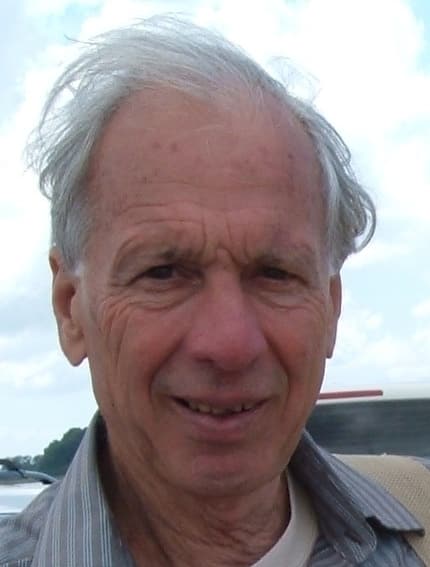 ronrorama@gmail.com. Ridenour's latest book is The Russian Peace Threat: Pentagon on Alert Paperback (Punto Press, 2018).
ronrorama@gmail.com. Ridenour's latest book is The Russian Peace Threat: Pentagon on Alert Paperback (Punto Press, 2018).
The Russian Peace Threat: Pentagon on Alert
|
|

![]() Don’t forget to sign up for our FREE bulletin. Get The Greanville Post in your mailbox every few days.
Don’t forget to sign up for our FREE bulletin. Get The Greanville Post in your mailbox every few days.
[newsletter_form]
[premium_newsticker id=”211406″]

This work is licensed under a Creative Commons Attribution-NonCommercial 4.0 International License
